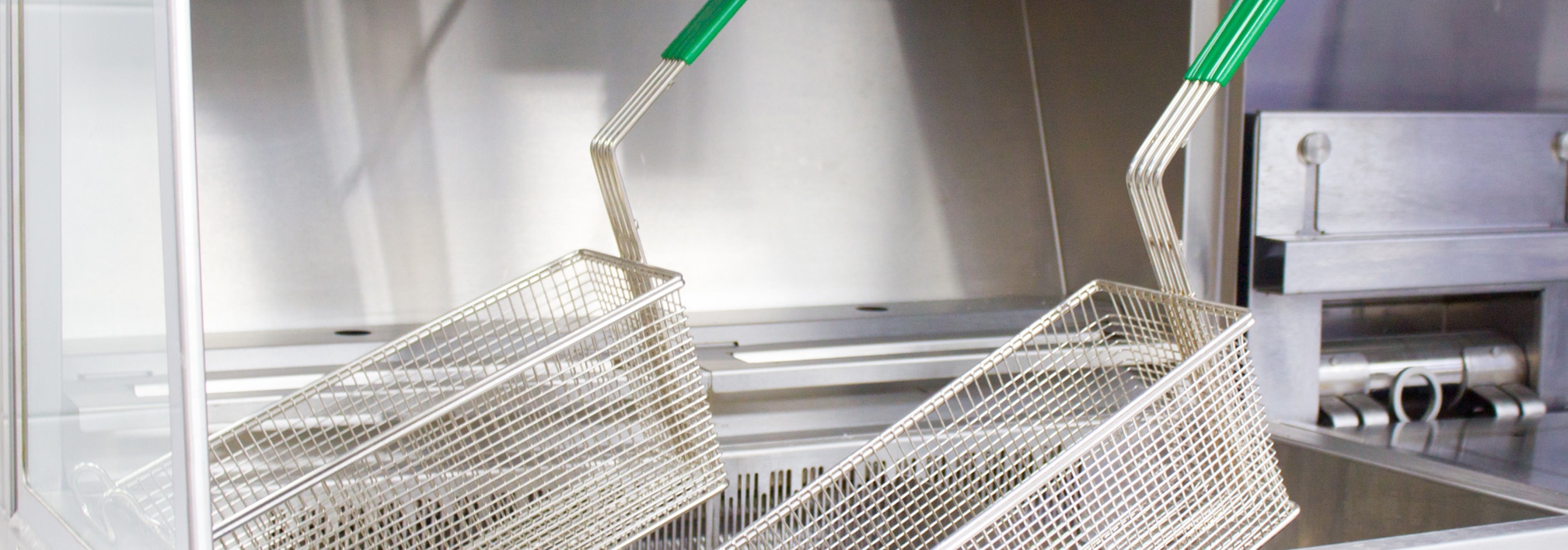Menu
Login
- SOLUTIONS
-
-
FRANCHISEES
-
FRANCHISORS
PARTNER VENDORS
-
-
-
- MARKETPLACE
- RESOURCES
- ABOUT
- SCHEDULE A DEMO
-

Maintenance expenses account for a big chunk of QSRs’ and restaurants' annual budget. While equipment maintenance is vital for uninterrupted restaurant operations, constant maintenance costs can take a toll on your bottom line. Fortunately, the advent of modern maintenance is reshaping the foodservice sector with one major goal: to reduce cost, improve profitability, and ensure maximum uptime.
Here are 4 advanced and practical maintenance tips to save money for your QSR or fast food restaurant:
Preventive maintenance involves a periodic, timely check-up of a piece of equipment to prevent sudden failure. It involves regular inspection, lubrication, cleaning, calibration, and minor repairs. Preventive maintenance can help your restaurant identify and prevent imminent malfunctions or unexpected breakdowns.
This strategy ensures your assets operate longer. It may be initially more expensive and time-consuming than reactive maintenance, but it can actually save you money in the long run. Here’s how:
Case in point: A fryer is a major piece of equipment in your kitchen, and your entire operation will come to a full stop if it suddenly breaks down. Imagine how this would affect customer experience, your restaurant’s reputation, and business revenue, let alone the need it triggers for a costly repair or replacement.
The good news is that you can reduce preventive maintenance costs by having it done only on high-value assets. Appliances that are costly and those your restaurant can’t do without are high-value assets, such as the fryer, refrigerator, griddle, and oven.
Reactive maintenance is performed on a piece of equipment after it breaks down. You can either perform repairs on the equipment or replace it. Reactive maintenance is cost-effective for low-cost appliances, restaurant POS software, rapidly aging machines, and other equipment your operations don’t entirely rely on. Preventive maintenance for such appliances is often cost-prohibitive and you can save money by waiting until there is a problem before repairing or replacing them.
Reactive maintenance requires no planning and less staff to implement than preventive maintenance. This can further reduce your maintenance costs. However, make sure to avoid using this strategy for equipment critical to your daily operations.
For example, reactive maintenance works well for toasters and coffee brewers but not for fryers, refrigerators, and grills.
Reactive maintenance is also suitable for aged equipment. Suppose one of your fryers is old and too costly for constant maintenance. You can operate it without maintenance until it eventually breaks down. When you purchase the replacement fryer, it’s a good idea to implement preventive maintenance.
You can reduce the costs of a restaurant maintenance plan with a proper maintenance tracking mechanism. Tracking maintenance with the traditional pen and paper method is common but inefficient. You may want to begin with this approach, but you’ll soon find it to be time-consuming and difficult to organize.
Consider streamlining your maintenance process with a modern computerized maintenance management system (CMMS). It will automate maintenance tracking, reduce your maintenance costs, and increase your return on investment. Even though implementing a CMMS entails a substantial investment, it can provide long-term financial benefits.
Here’s how you can save money with a CMMS:
Staffing a maintenance professional is usually only beneficial if you have a restaurant chain. If you have a single restaurant, you can save money by outsourcing maintenance to an authorized service company. Most maintenance service providers have multiple certified maintenance professionals on duty, so you don’t have to worry about timely service delivery and quality.
Running a restaurant is all about creating delightful dining experiences for your customers. One of the cornerstones of achieving this goal is appropriately functioning kitchen equipment. It pays off to take the time to determine the best strategies to keep your appliances operating at the optimum level.
You can ensure proper maintenance of your equipment and bring your budget under control at the same time by implementing the tips given above. These four strategies lay a foundation for your cost-effective restaurant maintenance that you can build off of to meet your unique requirements.
Delaget is the number one resource for QSR data aggregation and understanding. Smarter Wins.
PAR OPS' blog on operational strategies to grow your business faster.
Everything You Need to Know About Hiring & Retaining Teenagers During the 2021 Labor Crisis
Nickels and Dimes: 4 QSR Operational Money-Savers You Likely Haven’t Tried Yet
QSR Loss Prevention: 4 Ways to Prevent and React to Employee Theft